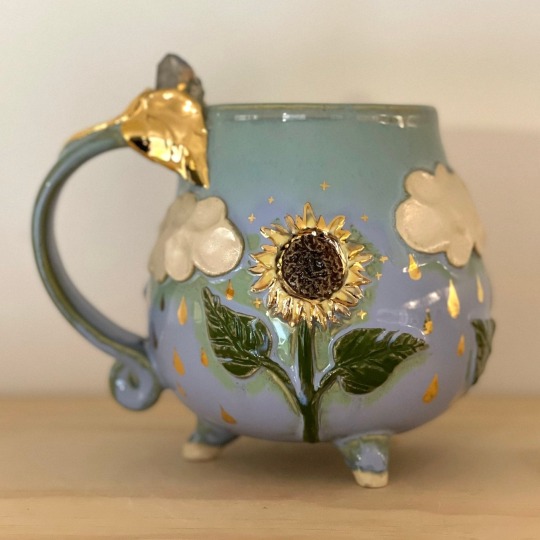Text
Hey friends, it's been a while!
Life has been busy and I find myself needing to downsize and simplify things. I wanted to post here first.
If you're in the Utah or Idaho area and are interested in any of these snakes shoot me a DM. Pricing is negotiable. Willing to drive a couple hours to meet up, but not comfortable shipping at this time.
All snakes are well established adults eating a varied prey frozen-thawed diet.
~2016 Normal Male Ball Python - Free (available Animal Plastics enclosure for $150 with him)
2016 Female Blue Phase Japanese Rat Snake (Kunashir Island locale) - $400
2015 Female Leucistic Texas Rat Snake (66% poss het scaleless) - $400
I'll add some pictures later.
6 notes
·
View notes
Text
How it started:
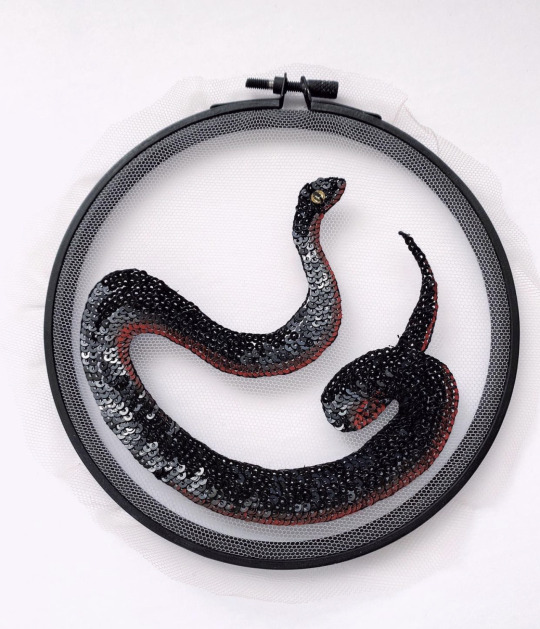
How it’s going:
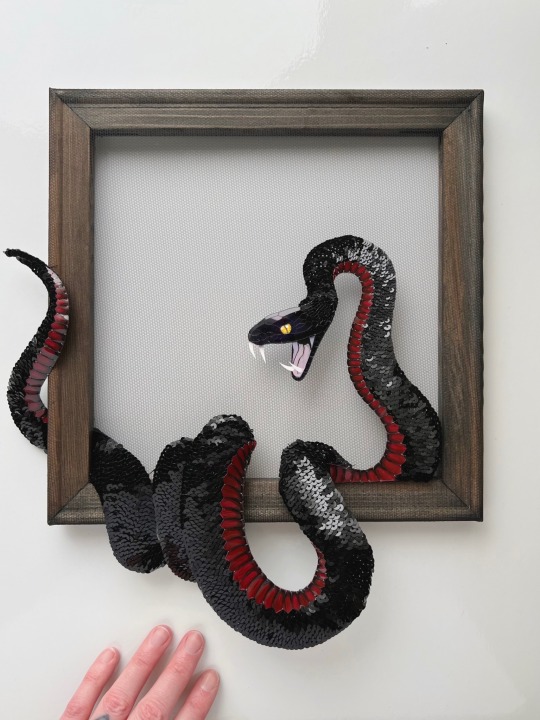
Just a lil reminder that even if it doesn’t feel like it, even if it feels so fucking slow and you can’t see it at all, you do improve when you keep doing the thing. I love you. Hang in there.
27K notes
·
View notes
Text
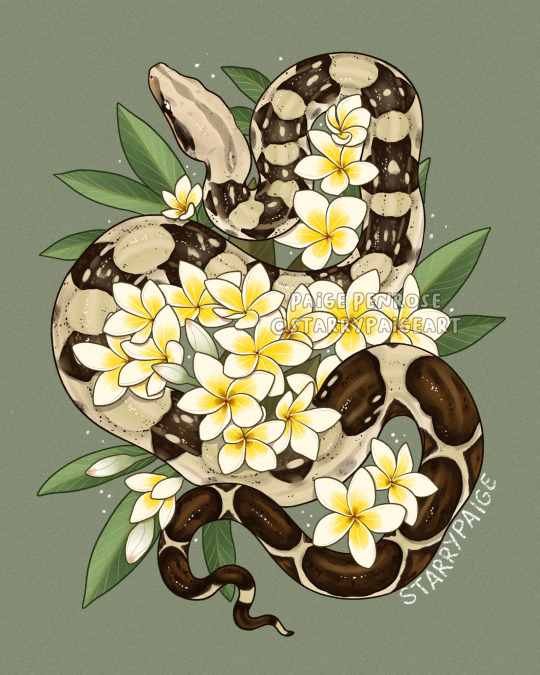
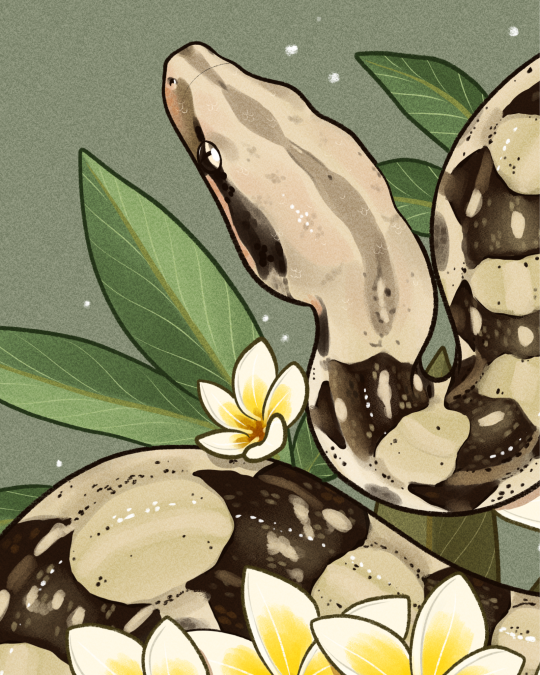
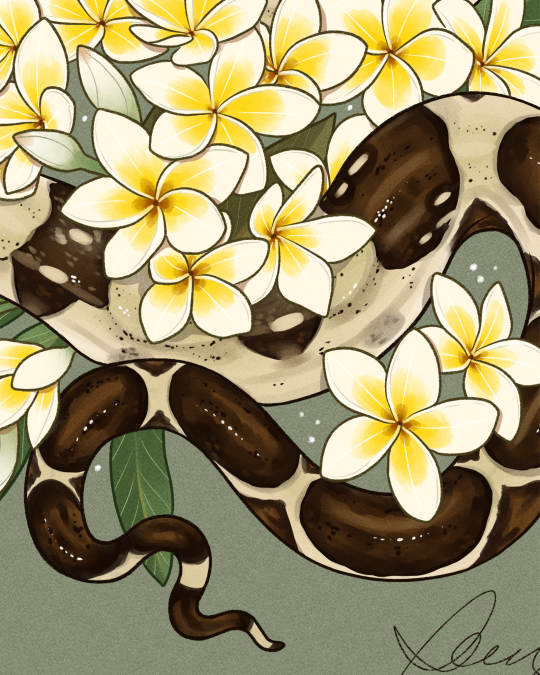
Esco the Boa constrictor with plumeria 🌼
A memorial commission for Ozzie. ♡
starrypaige.carrd.co
228 notes
·
View notes
Photo

holding rainbows in my hand
Leiopython albertisii
767 notes
·
View notes
Photo


A blood python design I finished up! It’s a bit of a tribute to my wonderful girl, Charlie, drawn in her likeness. ♥ Been a while since I’ve drawn a snake, I need to do that more.
If you’d be so kind, you can buy prints, stickers, shirts and what not from my shop.
504 notes
·
View notes
Text
Changing human behaviour to benefit reptile welfare: Facts don’t add up
Ever tried to explain why bare minimum style husbandry dosn’t allow animals to thrive by throwing science at them? I have… It very rarely works. Often the person in question just gets defensive, and ultimately they may become even more firm in the belief that their husbandry provides animals with everything they need; that enrichment is “unnecessary and based on anthropomorphism” despite the wealth of scientific evidence demonstrating otherwise.
The science behind the challenges of changing human behaviour can help us explore why this is and what approach to take to promote change for the better.
It’s a huge topic and I’m not going to attempt to cover all of it… But one important concept is understanding that people do not often make choices with the understanding that they are doing something “wrong” and emotions play a huge part in what dictates behaviour even if logical reasoning contradicts it. For example.. Logically I know it would be good for me to go to the gym tonight but emotionally I’m pretty tierd and that is what is dictating my behaviour!
Cognitive Dissonance
When a person is faced with information on a topic that directly conflicts with their personal beliefs it puts them in a very negative emotional state.
The idea that bare minimum care provides reptiles with everything they need is in direct conflict with somebody explaining the scientific evidence on the importance of enrichment; both views can’t be true at the same time. But finding out you aren’t providing your animals with what they need to thrive can be very difficult to hear.
The person in question may feel guilt, shame, or anger and it makes them feel bad!
Cognitive dissonance refers to how, when put in this negative emotional state, a person will more strongly rebel about the ideas that oppose their views and attempt to explain away any personal responsibility. They end up being even LESS open to the new information than they were before.
What drives behaviour and how to promote change
A useful tool for thinking about what drives behaviour and how to change it is the “capability, opportunity and motivation” (COM-B) behaviour model and the behaviour change wheel (Michie et al, 2011).

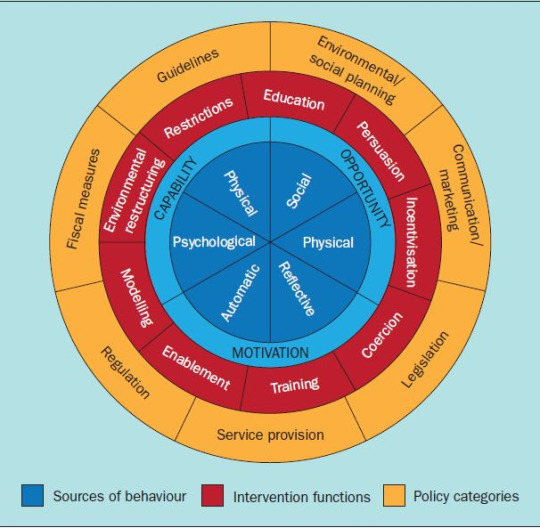
Looking at the blue wheel in particular It’s easy to see how minimum care fits into this:
Physical and pyschological capability: It’s realtivley easy to find info on basic set ups and the equipment is relativley cheap, easy to understand and set up.
social and physical oppotunity: Lots of people use the same technique and share their experiences on social media, providing guidlines on how to do it and encouraging one another with personal accounts of their breeding success.
Reflective and Automatic Motivation People build up reputations and a sense of identity based on their success within online communities and continue to care for their animals with (what they percive as) no negative impact on the animals in their care or social repercussions.
What then, are some of the important barriers that prevent people from switching to more advanced keeping methods?
Barriers to Physical and Phycological capability
Lack of knowledge of equipment and how to ultise it- Advanced care standards involve relativley more complex heating and lighting systems which can, if set up incorrectly, even be a saftey risk to the animal. Selecting the best equipment and for an individuals species and circumstance ivolves a lot of research and technical know-how compared to basic set ups.
Multi-disciplinary approach to husbandry- Advanced care encompases a huge number of different complex topics which can be overwhelming and complicated to somebody new to these concepts. To name just a few things commonly disscussed in online comunities and relavent to reptile husbandry; Animal nutrition, Animal behaviour and welfare science, biosecurity, Lighting (for plants and animals), vitimin D synthesis, vivarium and habitat construction techniques, ecology and natural biology, animal anatomy….The list goes on and the more you know about these things the easier it is to forget how baffling it all is to a lay-person.
Cost, time and space restrictions- Not having the funds, space or time to switch over to advanced care is a huge barrier. If you have lots of animals in a minimum rack system you physically will not have the space to switch them all to advanced care… Downsizing is not an attractive option for many as it has emotional costs as well as percived lost revenue from discontinuing certain breeding projects ect. Advanced care is not cheap, quick to implement or profitable.
Barriers to Physical and social oppotunity
Information accessibility- Ask somebody who does implement more “advanced husbandry” where they got their information from. It will be a long list composed of a huge range of sources… Information on advanced care is not as accessible as information on bare minimum care and the sheer amount of misinformation on the internet is another barrier to finding reliable information.
Equipment acessibility- Finding and purchasing the right equipment is not easy or cheap, and often needs to be sourced from many different places. In comparison you could buy everything for bare minimum care quite easily. Not all products are availble in all countries so there are barriers to sharing info and experiences…Some equipment manufactured and produced (such as red heat bulbs) are mis-marketed and not fit for purpose. Availible technology can also change quite fast.
Social aspects- If a person identifies with a certain community and has built a reputation within that social group (who all practice similar husbandry techniques and share the same views) then changing everything about the behaviours that won them their place in that community is not an appealing choice….
Switching to advanced care potentially means “starting from the bottom” in a new community. If these same new comunities are percived as unwelcoming hostile or aggresive then that is a barrier to change. If these communties belittle people with opposing opinions (even if those groups think it’s justified) that is another barrier to encouraging behavioural change.
Barriers to Reflective and Automatic motivation
Social aspects- Theres a great deal of overlap with the point above here. Having a sense of identity and comfort within an online community means theres no motivation or social pressure to change behaviours.
Views on consequences- The benefits of advanced standards of care are not always obvious. Somebody keeping their animals in a barren envioronment cannot see or measure the impacts on cognition, brain development or stress responses, and they have no other personal point of reference to notice any difference in animals behaviour, growth or immune health.
Providing facts that, in their view, contradict their percived sucess at caring for animals, means they have to confront the possibility they are responsible for neagtive impacts on their animals wellbeing…which is an uncomfortable thought.
Emotional responses- Information on these negative consequences puts people in a negative state and causes them to stubbornly rebel against those feelings to try explain away the responsibility (cognitive dissonance). They may reasure themselves by saying the “science isn’t good or specific enough” or there “isnt enough evidence” rather than confronting that uncomfortable realisation that their animal care standards dont facilitate good welfare.
Motivations and goals- The motivations and goals of reptile keepers varies!
Creating stimulating habitats and watching animals interact and engage with there enclosures may be the primary goal for some but this may not be enjoyable or motivating to others. Breeding snakes and producing offspring may be the main goal for some keepers (and depending on the species kept this may also influence their husbandry techniques). Ultimatly if watching the animal engage with its enclosure isn’t important to the keeper there may be little motivation to switch to advanced care…
(finding out the different motivations and goals of keepers employing different husbandry techniques would actually be quite intersting…)
belief about capabilities- If a keeper is adamant that advanced keeping would take up too much time, money and effort they are unlikely to try it.
This is also an important consideration for new keepers who maybe just got their first reptile or those thinking about getting one. If they think a naturalisitc, bioactive or enriching set ups are for “experienced keepers only” and are difficult to set up and maintain then they may not invest time looking into those methods.
If they are led to beleive you need to have exceptional artistic ability to make a fake rock background they may not try. Simpler methods which are easier to understand and seem to be widely accepted may then be a more attractive option.
So what can we do?
There are individuals and groups making efforts to make advanced care information more accessible which is vital.
Updated care sheets that take into account new technology and knowledge of animal welfare science, equipment recomendation lists, step by step guides for setting up enclosures, ect are all very useful; particularly for new keepers.
When it comes to challenging those stuck in the mindset of upholding bare minimum keeping as gold standard though things become more tricky.
If you are approaching somebody to try suggest husbandry improvements it’s important to do so as an ally rather than an opponent. This helps to create a positive emotional state, otherwise the spiral of cognitive dissonance will continue. Sharing information is important but unsolicited sharing of information (regardless of it being backed up by evidence) can actually have the opposite effect!
To move on from here there needs to be more emphasis on support, and inspiration to encourage the uptake of higher welfare husbandry methods.Rather than point by point attacks on the alternatives.
Personally- I’m taking a step away from online debates.
I don’t feel they are accomplishing much and it also impacts my own enjoyment of reptile keeping.
I’ll continue to post about animal welfare and behaviour topics- but my primary focus will be on my own animals and future enclosure builds. I’ll be sharing the process of designing and building them, and attempting to showcase why its so rewarding for me. If that gets other people interested in trying it for themselves then that would be great.
Im hopefully going to be able to start on my next display viv for Leon this year and I honestly can’t wait.
1K notes
·
View notes
Text
As some clarification, while Tali specifically is docile, scrubs as a species are known to be more defensive and need to be worked with regularly to become and remain docile.
564 notes
·
View notes
Photo
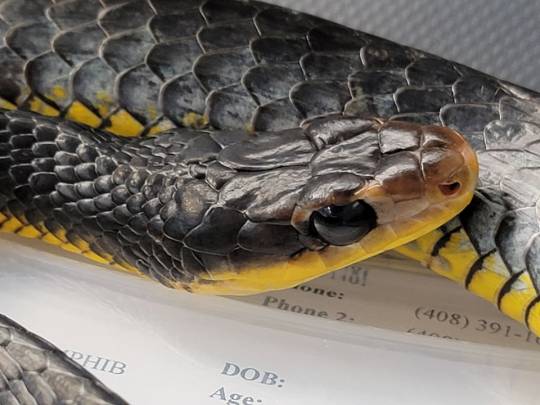



Just found my sweet beautiful Ika had passed away tonight. This isn’t a surprise because she was absolutely ancient and had some age related issues, but it is a sad night because we always want more time with our animals… I am glad I got to care for her to the end, and provide her with a good life. I’ll miss you Ika. ♥
Chironius carinatus
127 notes
·
View notes
Photo
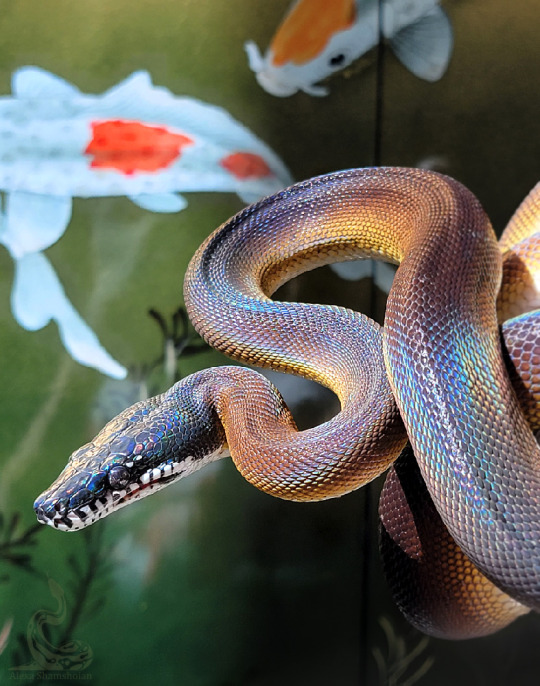
I had Ace out for a minute, had to take a photo. ♥
Leiopython albertisii
365 notes
·
View notes
Text
19K notes
·
View notes
Text
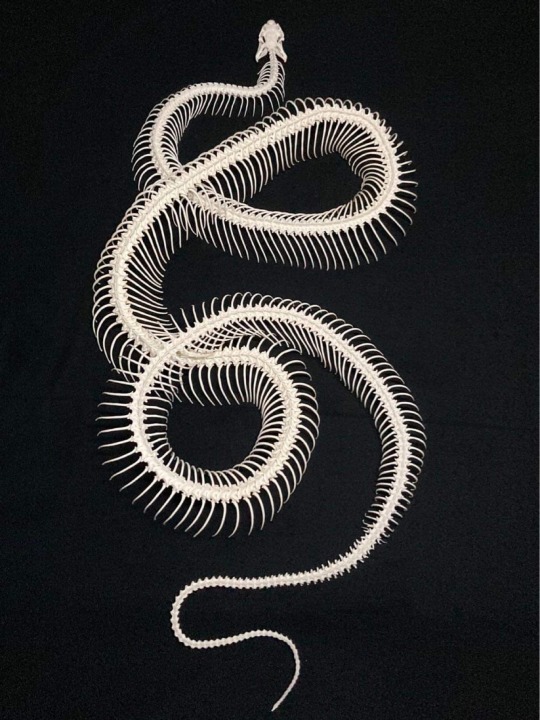
Almost 3 years ago y’all helped me raise money to get Harvey, my Texas rat snake, articulated. Guess who is finally coming home!!!!!!!
2K notes
·
View notes
Photo
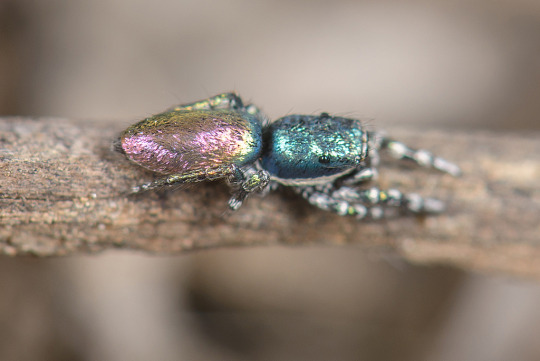

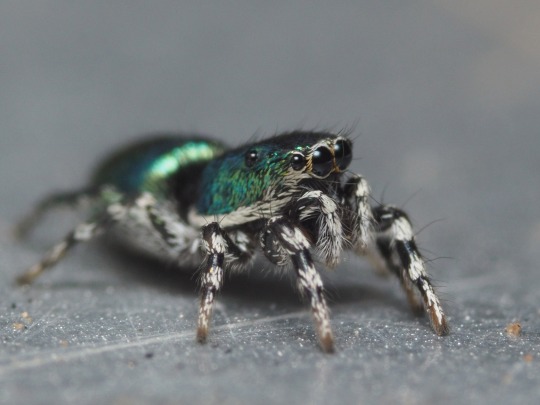
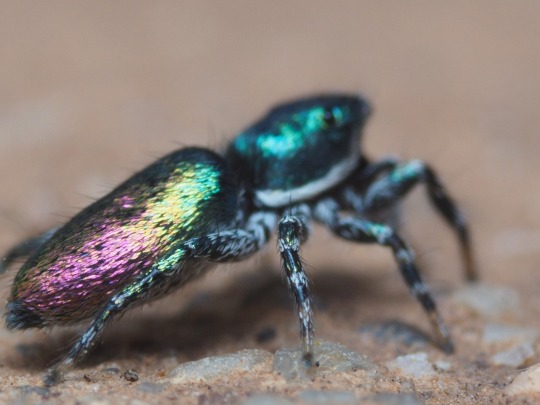

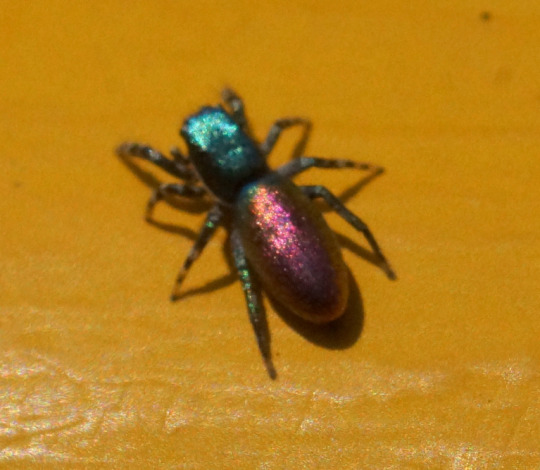
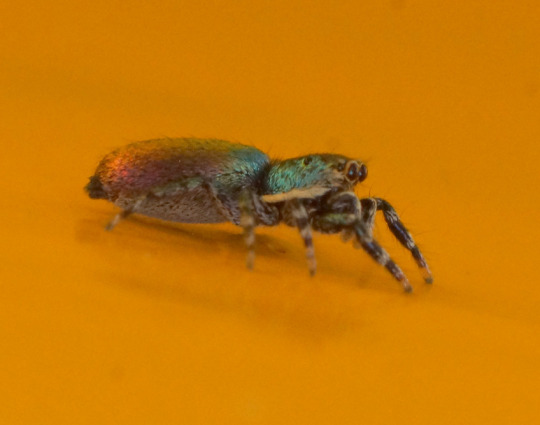

Metallic zebra spider, Salticus peckhamae, Salticidae
Found sporadically throughout the western United States
Photo 1-2 by mhedin, 3-4 by ftdoom, and 5-8 by fvaldesp_tutor
1K notes
·
View notes
Text
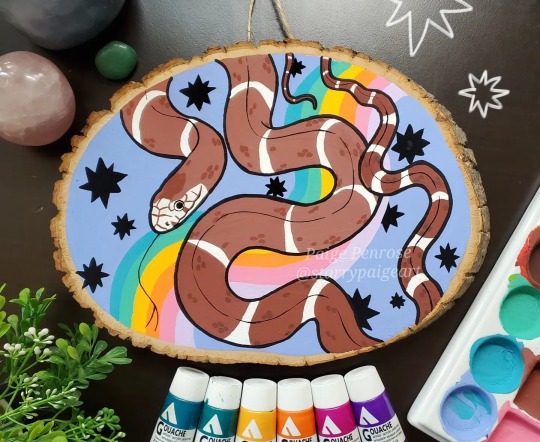
Sweetest Dream ✸
Kingsnake in gouache on linden plaque.
Follow me on IG & Twitter @starrypaigeart
Starrypaige.etsy.com
376 notes
·
View notes
Note
Can you do Turrataras? I knew about them once long ago as a kid but I would love to hear about them ! * v*
Ahh, the mighty, majestic Tuatara! There’s actually two extant species in this genus- Sphenodon punctatus and guntheri. Tuataras aren’t lizards, but they look like them; back when there were more sphenodont species, they filled many of the niches that lizards do now. They are endemic to New Zealand and don’t live anywhere else in the world.

One incredibly interesting thing about tuataras is just how long-lived they can be. This fellow is Henry. He was 116 at the time this picture was taken.
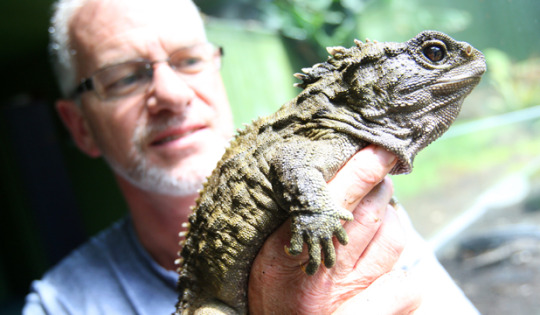
They can maintain fertility that long, too; Henry became a first-time father at the age of 111. His mate was in her 70s. Tuataras have an incredibly slow metabolism and the longest gestation time of any reptile; females can only breed every two to five years, and they incubate the eggs for twelve to fifteen months. Tuataras’ greatest threat isn’t habitat loss but rather is rats; they have such a slow replacement rate that egg loss to rats (which aren’t native to New Zealand) is devastating. They have been a protected species since 1895, which is much longer than most protected species have been protected. Nowadays they are doing quite well for themselves.
Other interesting facts about the tuatara: their vertebrae are unlike any other amniote. They have hourglass-shaped vertebrae, like a fish!
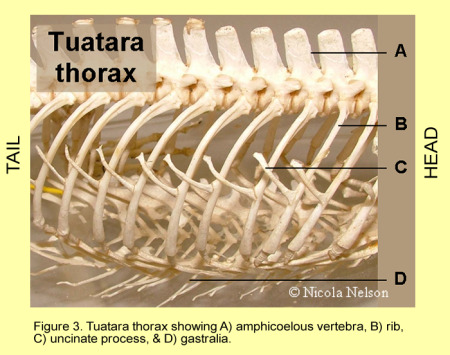
They have a third eye- a parietal eye- on top of their head. It’s incredibly well-developed, with a lens, a retina, rod-like structures, a cornea, and a nerve… all of which suggest it developed from an actual eye. Beardies, iguanas, and other lizards will have these as well, but not anywhere near as well-developed as the tuatara’s. You can really only see it when they’re young; it’s the black dot on this baby’s forehead.
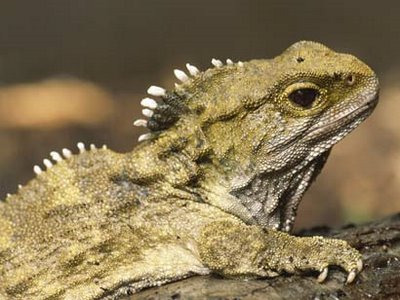
Tuataras are truly magical creatures. It’s really heartening how much New Zealand loves them and cares for them.
Image Sources: 1, 2, 3, 4
2K notes
·
View notes










